Please note that you have to be a registered member with paid membership in order to see full articles.
Become a MemberSelected News

New Editions of HZN e-Bulletin and Catalog for Normative Documents Released by Croatian Standards Institute
The Croatian Standards Institute (HZN) has released the latest editions of its HZN e-Bulletin and Catalog for Normative Documents, featuring recent developments in national and international standards.
MTU Maintenance Serbia Earns Five Certifications
MTU Maintenance Serbia was successfully certified for standards EN 9110, ISO 9001, ISO 14001, ISO 45001, and ISO 50001.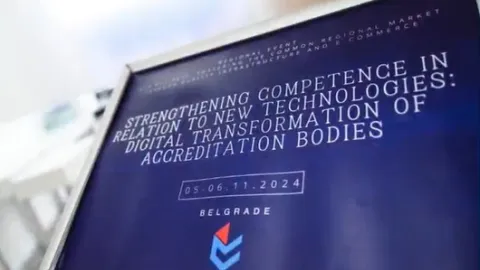
Serbia Hosts Event to Strengthen Digital Competence of Regional Accreditation Bodies
Serbia’s Chamber of Commerce recently hosted a two-day event aimed to boster the digital capabilities of regional accreditation bodies, focusing on adapting to new technologies.
Portugal’s Accreditation Body IPAC Passes Mandatory Peer Review, Retains Key Accreditations
IPAC, Portugal’s National Accreditation Body, has successfully passed a peer review mandated by European Accreditation (EA).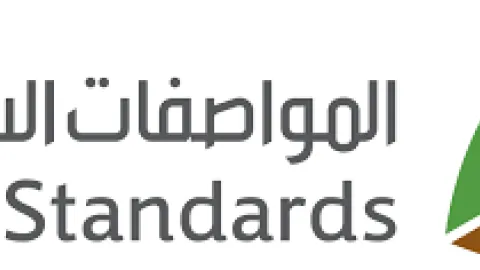
SASO’s Eighth Standards Forum Explores Advanced Technologies and Sustainable Transport
The Saudi Standards, Metrology, and Quality Organization (SASO) held its Eighth Standards Forum in Riyadh in celebration of World Standards Day.
Norway Adopts International Standards for Life Cycle Processes in Systems
The Norwegian Electrotechnical Committee (NEK) has launched NEK 288, a new standard collection providing a structured framework for life cycle processes in systems and software engineering.
Sweden Sets New Requirements for Electricity Meters Used in Origin Guarantees
Starting January 1, 2025, all new electricity meters installed to verify guarantees of origin (source of electricity) must meet SWEDAC’s updated regulatory standards.
Inmetro Strengthens Quality Infrastructure in Piauí Under ProdIQ Program
Inmetro officials visited the state of Piauí’s capital, Teresina, as part of the Regional Program for the Development of Quality Infrastructure (ProdIQ).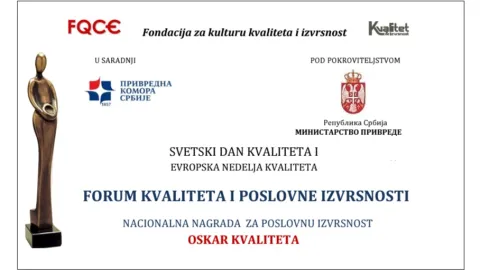
Belgrade to Host Quality and Business Excellence Forum 2024 with 30th Quality Oscar Awards
The 33rd annual Quality and Business Excellence Forum 2024 will be held on November 13–14 in Belgrade, Serbia, at the Chamber of Commerce of Serbia.
Serbian Version of ISO 55000:2024 Asset Management Standard Released
KS CASCO officially adopted the Serbian version of ISO 55000:2024 on October 31, 2024.
Training on CE Marking Platform Prepares Western Balkans for EU Compliance
A training session on the "CE Marking Platform" took place at the Chamber of Commerce and Industry of Serbia.
Accreditation Body MAAC Suspended by Mexican Authorities for Breaching Quality Law
The Mexican Secretariat of Economy (SE) temporarily suspended Mexicana de Acreditación (MAAC) for not meeting standards outlined in the Quality Infrastructure Law.Global News

Fingerprinting Standard Updated as Biometrics Expand Globally
The ISO/IEC 29794-4 standard for finger image quality has been updated to ensure that biometric data remains relevant in today’s environment.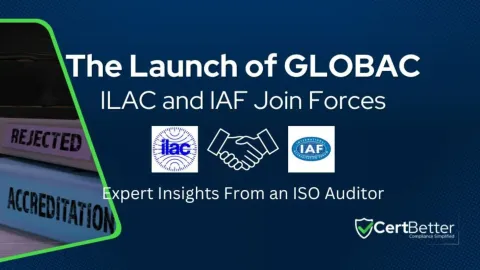
ILAC and IAF Merge to Form GLOBAC, Aiming to Harmonize Global Accreditation
On October 9th, the International Laboratory Accreditation Cooperation (ILAC) and the International Accreditation Forum (IAF) officially merged to create a new global accreditation body called GLOBAC.
Swiss Expert Interviewed on Transition to New Global Standard for Machinery Safety
ISO 13849, an international standard for the safety of machine control systems, is being updated to its new version, ISO 13849-1:2023.
Global Standardization Bodies Combine New Proposals in One Place for Easier Access
Three global standardization bodies, ISO, ITU-T, and IEC, have brought their latest Joint standard proposals together in one place.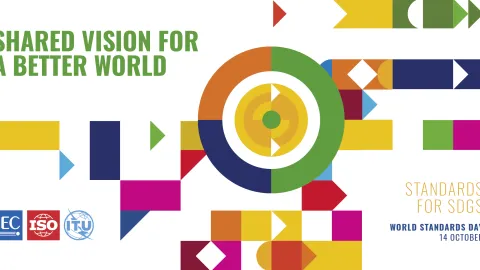
World Standards Day 2024 Celebrates Shared Vision for a Better World
On October 14th, the global community will celebrate World Standards Day, highlighting the role of international standards in creating a connected, secure, and sustainable world.
Swiss Stock Exchange Launches Climate Equity Flag for Environmentally Responsible Companies
SIX Swiss Exchange has introduced its new "1.5 °C Climate Equity Flag", an important step toward identifying companies that align with climate goals set out in the Paris Agreement.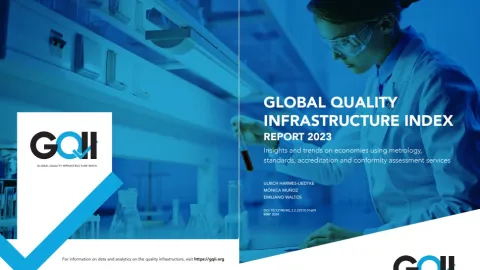
Global Quality Infrastructure Index Report 2023 Released
The 2023 Global Quality Infrastructure Index (GQII), which ranks countries based on their quality infrastructure performance, was launched in May 2024.
IEC Introduces First Standard for Industrial Digital Twins, More Parts in Development
The IEC has published IEC 63278-1, the first standard in a projected series for industrial "digital twins".
New Standard Brings Safety to Wetlaid Nonwoven Machinery
ISO 22291:2022, a new safety standard for wetlaid nonwoven machinery, was developed by companies Voith and Trützschler in collaboration with Austrian Standards.
ANSI Pushes for Copyright Protections of Standards Incorporated into Laws
The American National Standards Institute (ANSI) has made a legal effort to support the protection of copyright for privately-developed standards that are incorporated by reference into law.
IAF’s Monthly Newsletter September 2024 "Outlook" Explores New Standards and Trends
The International Accreditation Forum (IAF) has published the September 2024 edition of "Outlook".

